Namwon Traditional Lacquer Craft Center (남원시 옻칠공예관)
17.4 Km 0 2024-04-06
1234-5 Yocheon-ro, Namwon-si, Jeonbuk-do
Namwon Traditional Lacquer Craft Center is a lacquer crafts exhibition hall that opened in 2004 to spread lacquer culture, research on lacquer technology, and foster the younger generations. In Namwon, lacquer woodworking has been developed since ancient times, and traces of lacquerwork from the Bronze Age were discovered here. Accordingly, this craft center was built to establish Namwon as a central city for lacquer crafts through continuous research and development.
This two-story center consists of an exhibition hall, a store, an experience room, a laboratory, an audio-visual education room, and a training room. The exhibition hall displays awardwinning craft works and various lacquered crafts such as bowls, furniture, spoons and chopsticks, cabinets with flower and grass designs, tables, janggu (hourglass-shaped drum) sticks, and utensils used in ancestral rites. In addition, it operates experience programs for the general public and a store that sells lacquer crafts.
Jirisan Chilseongyegok Valley (칠선계곡(지리산))
17.4 Km 34739 2022-07-29
Chuseong-ri, Hamnyang-gun, Gyeongsangnam-do
+82-55-970-1000
Chilseongyegok Valley is the most beautiful valley in Jirisan Mountain, and is one of the top three valleys in the nation, along with Cheonbuldonggyegok Valley in Seoraksan Mountain and Tamnagyegok Valley in Hallasan Mountain. The 16-kilometer valley stretching from Uitan of Macheon-myeon to Cheonwangbong Peak is characterized by very tough topography but beautiful scenery and is the only remaining primeval forest of Jirisan Mountain. It is also dotted with seven waterfalls and 33 ponds. The hike becomes more difficult as the trail enters the valley. Because the valley has taken many lives, some people call it "The Valley of Death." For that reason, visitors must apply in advance and hike with a guide. The trail in Chilseon Valley is a 9.4-kilometer course from Chuseong Village in Macheon-myeon to Cheonwangbong Peak, which does not follow the natural valley, due to the valley's steep and dangerous features. Starting from Chuseong Village, the trail passes Yongso Pond, Jujiteo Site, Chuseongmang Rock, Seonnyeotang Pond, Ongnyeotang Pond, Biseondam, Chilseonpokpo Falls, Daeryukpokpo Falls, Samcheungpokpo Falls and Mapokpo Falls, all before reaching Cheonwangbong Peak.
Hamyang Wild Ginseng Festival (함양 산삼축제)
18.3 Km 15559 2023-09-06
49, Pilbongsan-gil, Hamyang-gun, Gyeongsangnam-do
+82-55-964-3353
Hamyang Wild Ginseng Festival is held at Hamyang Sangnim Forest, a Natural Monument. The area of Hamyang stretches across Jirisan Mountain and Deogyusan Mountain and features high quality wild ginseng and herbs that bring many domestic and overseas visitors to the area. This healthy well-being festival helps to promote and distribute wild ginseng and herbs produced in Hamyang.
Sangnim Park (상림공원)
18.3 Km 39916 2021-11-24
49, Pilbongsan-gil, Hamyang-gun, Gyeongsangnam-do
+82-55-960-5756
Hamyang is well known for its beautiful mountains and clean waters. Sangnim Park, located in Hamyang-gun, Gyeongsangnam-do, has beautiful sceneries throughout the year as well as various attractions including pavilions, memorial plaques, walking trails and more. The park was formed during the Unified Silla period, providing deep history as well as a place to relax.
Jirisan History Museum (지리산역사관)
18.4 Km 45200 2021-06-15
1438, Hwagae-ro, Hadong-gun, Gyeongsangnam-do
+82-55-880-2954
Jirisan History Museum is located within Jirisan National Park at the start of the hiking course to Byeoksoryeong Pass. Rather a small museum, it provides detailed information about the history of North Korean partisans and the routes that they took throughout the mountain during the Korean War. The museum also exhibits the war relics, lifestyle of the mountain villagers and local produce of Hadong.
Nogane (노가네)
18.4 Km 0 2024-01-08
283 Noegye-gil, Hamyang-eup, Hamyang-gun, Gyeongsangnam-do
Nogane's specialties include samgyetang (ginseng chicken soup) and ori baeksuk (whole duck soup), Korea’s representative nutrient-rich foods that warm up the body and boost stamina. They are even more special because of shingled hedgehogs (with a unique scent, taste, and chewy texture, cultivated in broad-leaved forests) and precious wild ginsengs that are hard to acquire. The representative menu, neungi samgyetang (shingled hedgehog and ginseng chicken soup), has a soft texture from fully cooked large chicken and a rich soup full of mushrooms and chives. Thanks to the taste of the soup, rich with a lot of medicinal ingredients, this restaurant has a constant stream of visitors. Side dishes such as kimchi and pickles that boost the appetite are also neatly served.
Gurye Cheoneunsa Temple (천은사(구례))
19.1 Km 14499 2021-10-02
209, Nogodan-ro, Gurye-gun, Jeollanam-do
+82-61-781-4800
Located north of Gurye on Jirisan Mountain, and built during the Unified Silla Period, Cheoneunsa Temple is one of the three great Buddhist temples of Jirisan Mountain. Cheoneunsa Temple is believed to have been built by Monk Deokun and Monk Seru from India in AD 828 during the 3rd year of King Heungdeok. Because it initially laid next to spring water as clean and cold as a morning dew, the temple was also called Gamrosa, meaning Sweet Dew Temple. The spring water was rumored to clean one’s body and soul, leading to crowd of Buddhist monks to visit the temple. During King Chungryeol’s reign, the temple was named the Best Temple in the south.
The temple was burned down during the Imjin War (1592-1598) and then later rebuilt and renamed Cheoneunsa. Legend has it that while the temple was being rebuilt, a large serpent often came out of the spring. When the serpent was finally captured and killed, the spring waters suddenly dried up. Hence the name Cheoneunsa, meaning Disappearance of Spring Water, was given.
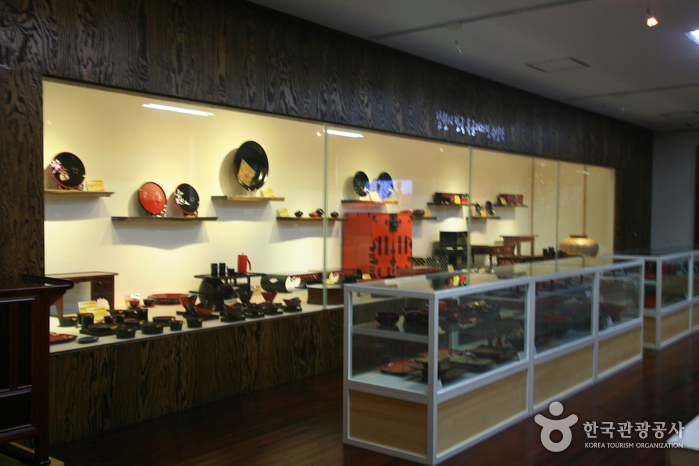
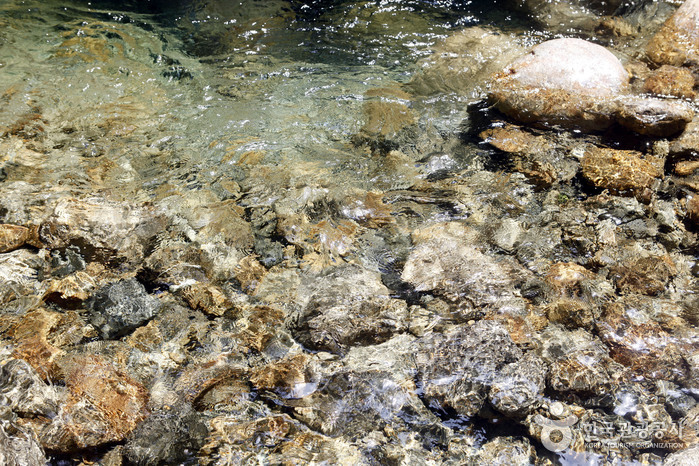
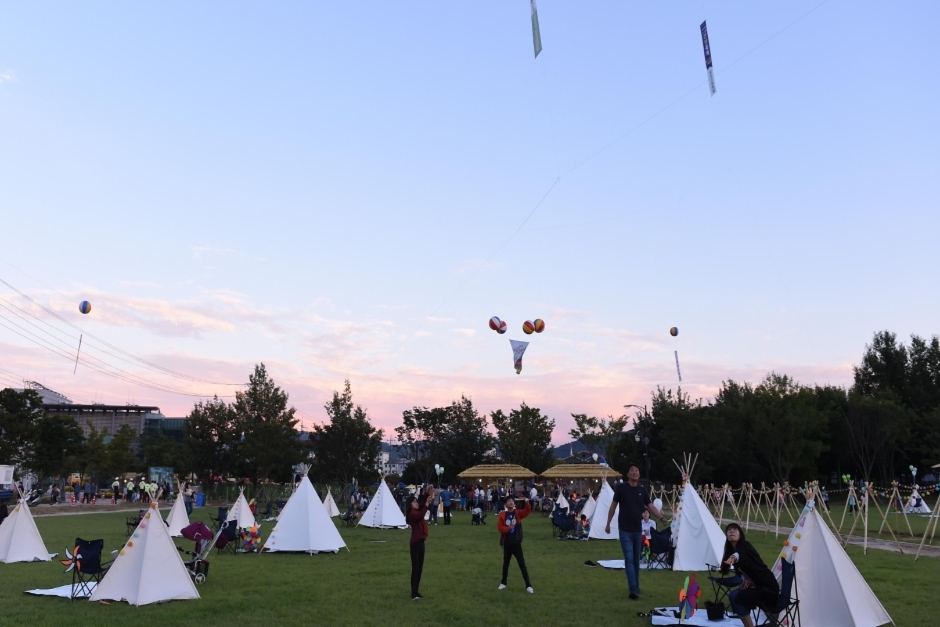

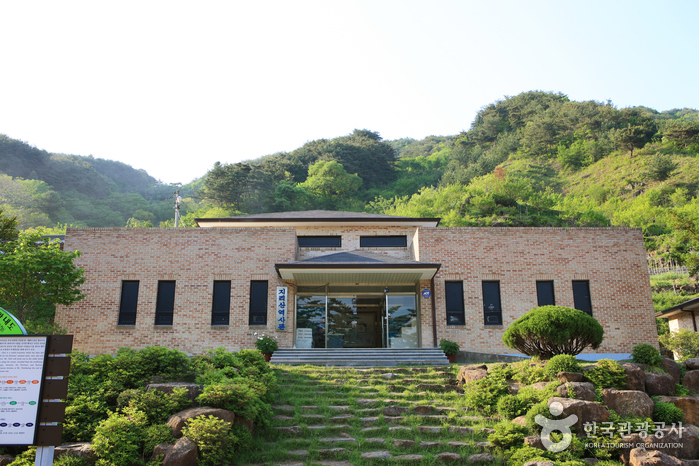
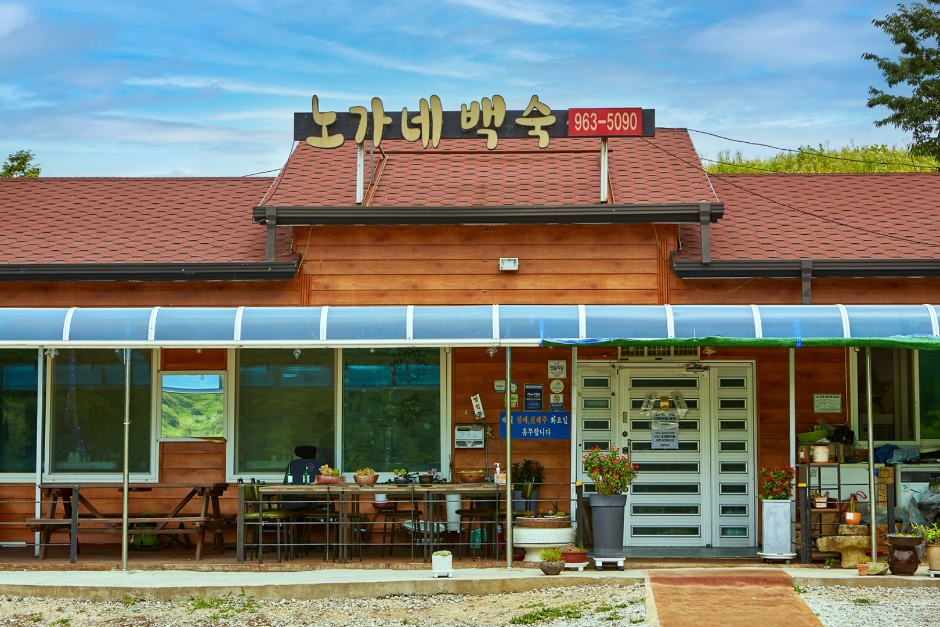
 English
English
 한국어
한국어 日本語
日本語 中文(简体)
中文(简体) Deutsch
Deutsch Français
Français Español
Español Русский
Русский